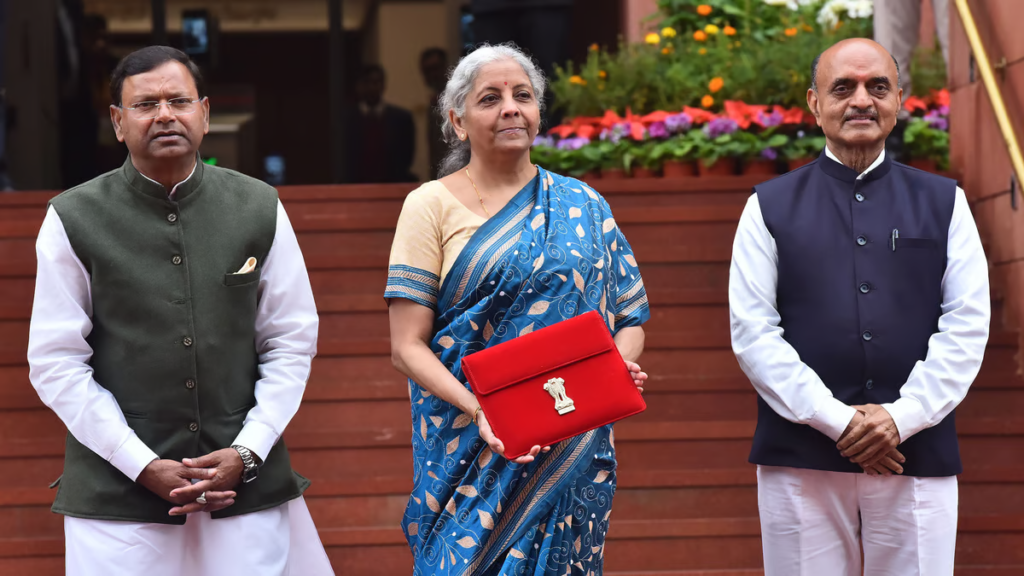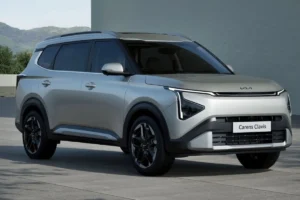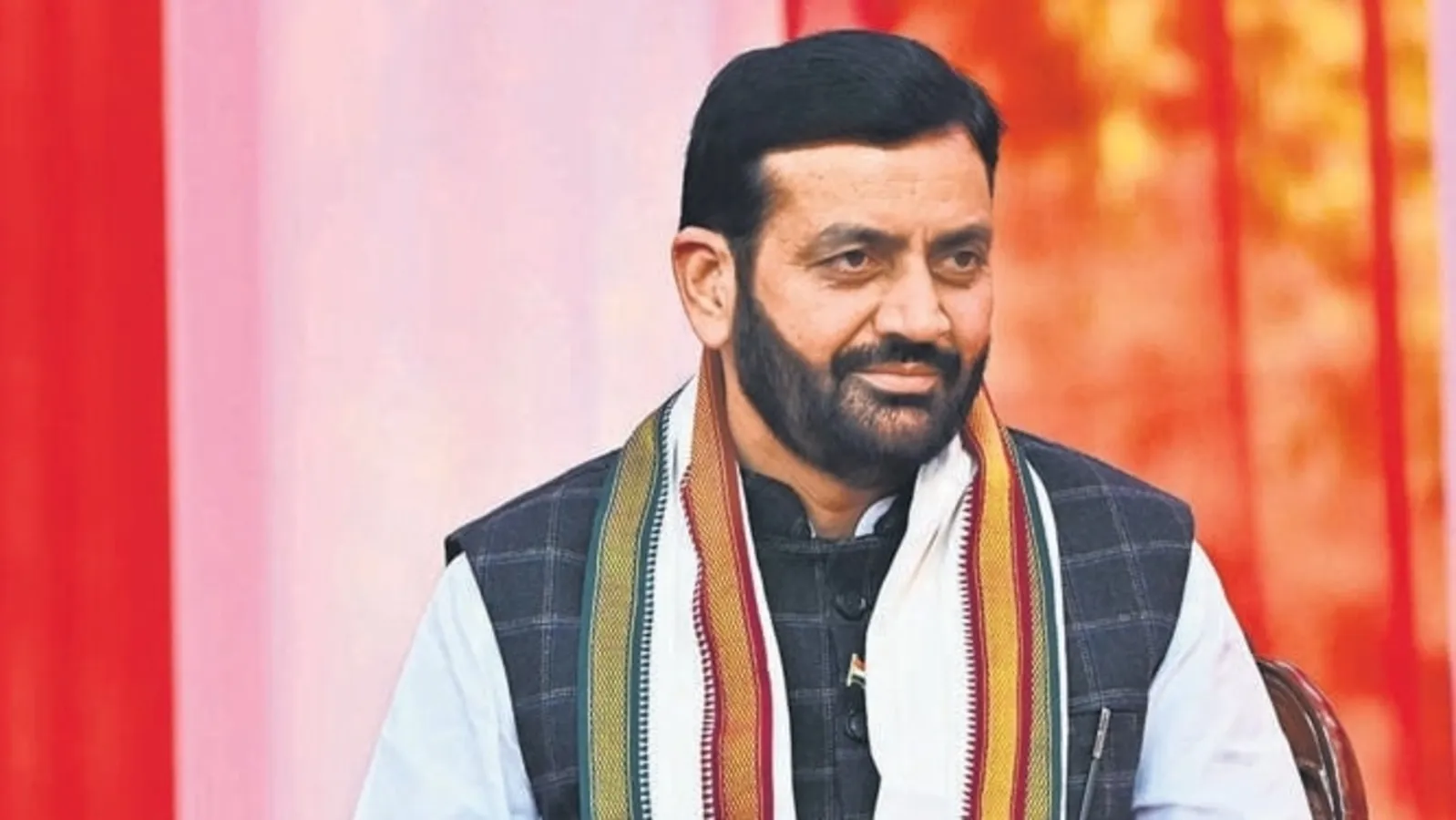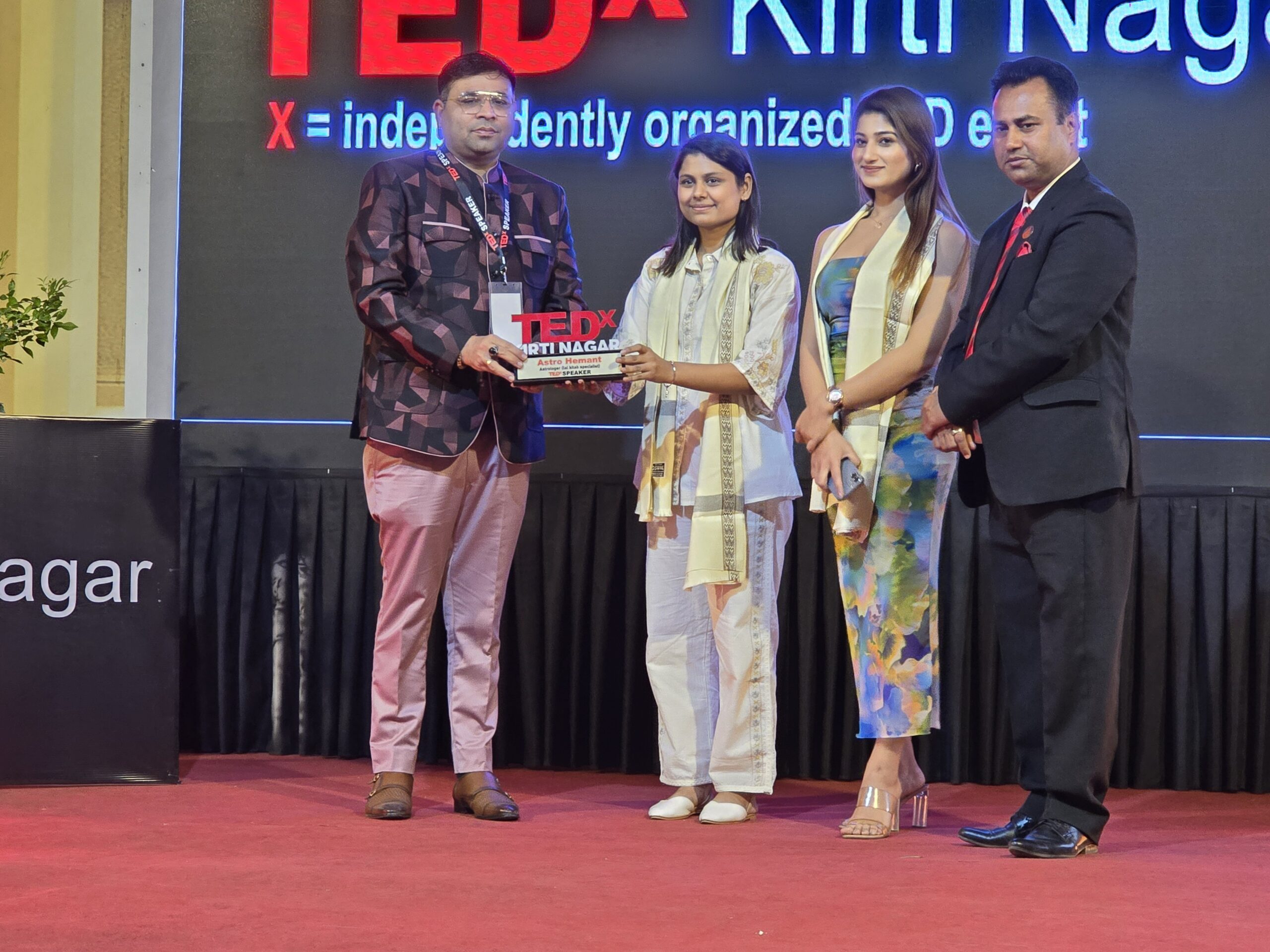In her recent vote-on-account speech, Finance Minister Nirmala Sitharaman delivered a combination of positive news and optimistic projections. The interim budget, presented ahead of the 2024 Lok Sabha elections, focused on boosting housing, renewable energy adoption, and tourism. Despite the surge in developmental projects and the introduction of flagship Vande Bharat trains, the government fell short of meeting the previous year’s capital expenditure target of ₹10 lakh crore, settling at ₹9.5 lakh crore according to Revised Estimates. However, Sitharaman proposed an optimistic 11.1% increase, targeting an expenditure of ₹11.11 lakh crore in the upcoming fiscal year.
Here’s a breakdown of the beneficiaries and those facing setbacks in the 2024 interim Budget:
Winners:
Middle class: A housing scheme was introduced for individuals residing in rented homes, slums, or unauthorized colonies, aligning with the ‘housing for all’ initiative. The Pradhan Mantri Awas Yojana received a substantial 66% increase, reaching ₹79,000 crore for the financial year 2024.
Farmers: Despite the lowest allocation for the Ministry of Agriculture and Farmers’ Welfare, the government aims to promote private and public investments in post-harvest activities. A focus on the use of Nano Urea for sustainable and technology-driven agriculture was highlighted.
Tourism: To invigorate tourism, interest-free loans will be extended to states. Special attention will be given to Lakshadweep to enhance tourism in the Union Territory.
Losers:
Disinvestment: Faced with setbacks in high-value stake sales, the government revised its disinvestment target to ₹300 billion by FY 2024, down from the initial ₹510 billion. The target for the subsequent fiscal year is ₹500 billion.
Jewellers: Hopes for a progressive fiscal policy, including reduced customs duties and tax incentives to stimulate consumer spending, were dashed as the government maintained the high import tax rate at 15%.
Electric vehicles: Despite expressing intentions to expand electric vehicle adoption and strengthen public charging infrastructure, the government took a regressive step by reducing the budget for the Faster Adoption and Manufacturing of (Hybrid and) Electric Vehicle (FAME) scheme by 44% for FY 2025. Additionally, Sitharaman made no mention of a revamped FAME III scheme for FY 2024.
Infrastructure: Despite the goal of becoming a $5 trillion economy within the next three years and $7 trillion by 2030, the 11.1% increase in capital expenditure, from ₹10 lakh crore to ₹11.1 lakh crore, was perceived as moderate by market experts. They argue for a more substantial increase to address the challenges of “deteriorating infrastructure.”
















